 It’s somewhat of a tradition around here to post our Christmas card along with the text of Jesus’s birth from Luke chapter 2. This year I decided to do it a bit differently. You saw the Christmas card yesterday, and today I thought I’d ramble for a bit about Christmas.
It’s somewhat of a tradition around here to post our Christmas card along with the text of Jesus’s birth from Luke chapter 2. This year I decided to do it a bit differently. You saw the Christmas card yesterday, and today I thought I’d ramble for a bit about Christmas.
There are lots of phrases bandied about this time of year like “Jesus is the reason for the season” and “Don’t forget the true meaning of Christmas.” Christians know exactly what those phrases mean, but there are probably quite a few people out there for whom those phrases are nothing more than cryptic codes. So today I’ll explain why I celebrate Christmas.
The short explanation is that Christmas is the day that Jesus, the son of God, was born on earth. While the almighty God coming to earth in human form is quite the event in it’s own right, there’s so much more to it than that.
Let’s start back at the beginning. When God created the world, He created Adam and Eve as perfect human beings. They sinned, rebelling against God’s perfection and forever changed the course of history. God demands perfection. Do you want to get to heaven? Great, all you have to do is be perfect every single day of your life. If you deviate from perfection even a single time, that’s it, you’re going to hell. And I’ll give you a hint, no one has ever done that. Adam and Eve sinned and from then on, every one of us were born sinful. God’s rules are simple. Heaven is for perfection, hell and eternal death is for everything else. That’s a pretty grim judgment for us.
When God confronted Adam and Eve about their sin, he explained those consequences to them but then promised to send his son to earth. His son would live a perfect life, be killed as the payment for all of our sins, and then rise again to declare his victory over death, sin and hell. The entire Old Testament (roughly the first two thirds of the Bible) teaches us about God’s law, showing us the many ways in which we have fallen short of His perfection, and it continues the promise that God’s son would come to save us.
This is where the story of Christmas comes into play. God placed his Son, the baby Jesus, in Mary’s womb and nine months later, in a stable full of animals, the son of God was born as a human being. His name, of course, was Jesus, and in addition to being fully human, he was also God. On the night he was born, the star appeared, the shepherds saw it, and your nativity scene came to life. So that’s pretty impressive. The all-knowing, all-powerful God is now here on earth in human form. But if the story ended there, we would all still be going to hell because we’re still sinful and sin equals death.
Thankfully, Jesus went on to do what none of us could do: he lived a perfect life. He was then crucified, and with his death, he paid the price for all of our sins. Three days later, he rose from the dead and about a month later, he ascended back into heaven.
We’re all still here on earth, sinning our lives away no matter how hard we try. But because of Jesus, we have hope. Because I believe that Jesus died for my sins, I know that when I die, I’ll go to heaven because God the Father accepts Jesus’s death as payment for my sins. If God actually did ask me why he should let me into heaven, my answer would be simple: “I believe that Jesus’s death paid the price for my sins.” There’s nothing that I can do to improve on that. No amount of trying to be good or making up for things I did wrong can get me into heaven. I’ll be there solely because when God looks at me, he sees me through the death and resurrection of Jesus. It’s a free gift for anyone who believes.
Knowing all that, is it any wonder why I celebrate Christmas? Yes, I enjoy the Christmas lights, Bing Crosby singing about a White Christmas, and stuffing my face with food on Christmas Day, but it all comes in a distant second place to celebrating the birth of my Savior.
P.S. I’m turning off comments on this post because I’m not looking to start a public discussion, but if you want to know more about what I believe, you can of course ask me or check out this website from our church group.








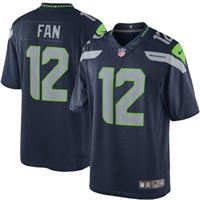 A couple weeks ago, TimS told me about a website that sells NFL jerseys for really cheap. They come from China so it’s a good bet that they are unlicensed. There seem to be a lot of websites that do this but the one we looked at was
A couple weeks ago, TimS told me about a website that sells NFL jerseys for really cheap. They come from China so it’s a good bet that they are unlicensed. There seem to be a lot of websites that do this but the one we looked at was 
 Thinking back on the year, it’s hard to remember anything before Elijah’s birth, but since he wasn’t born until June, there was obviously quite a bit that happened.
Thinking back on the year, it’s hard to remember anything before Elijah’s birth, but since he wasn’t born until June, there was obviously quite a bit that happened. Amazon made news a few weeks ago when they announced that they were working on drones that would deliver your packages. Anything called a “drone” now gets instant media blitz. I do believe it was largely a PR move. Paul Thurrott had a great tweet: “The sheer amount of free PR that Amazon CEO Jeff Bezos got for his BS ‘drone delivery system’ is awe-inspiring. Media, you just got played.”
Amazon made news a few weeks ago when they announced that they were working on drones that would deliver your packages. Anything called a “drone” now gets instant media blitz. I do believe it was largely a PR move. Paul Thurrott had a great tweet: “The sheer amount of free PR that Amazon CEO Jeff Bezos got for his BS ‘drone delivery system’ is awe-inspiring. Media, you just got played.”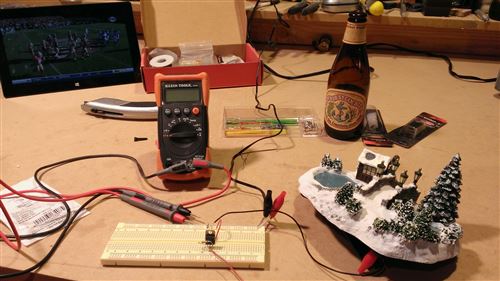
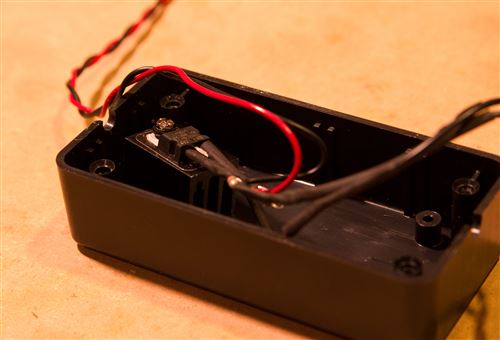
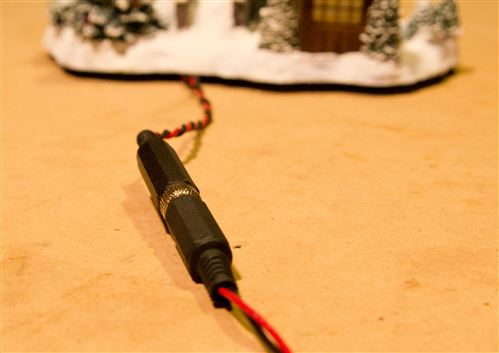
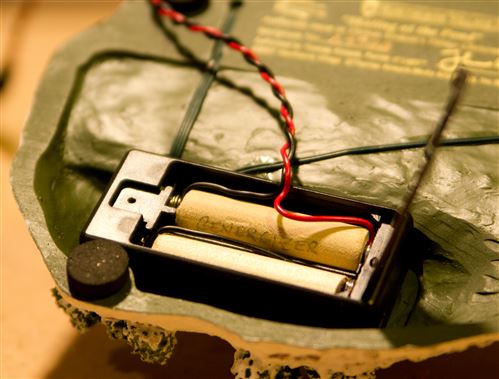

 It’s somewhat of a tradition around here to post our Christmas card along with the text of Jesus’s birth from Luke chapter 2. This year I decided to do it a bit differently. You saw the Christmas card
It’s somewhat of a tradition around here to post our Christmas card along with the text of Jesus’s birth from Luke chapter 2. This year I decided to do it a bit differently. You saw the Christmas card
No More ESPN
Our contract with Comcast ended and our bill went up to ~$120/month. That got us the Digital Starter TV package and 25/2 Internet. I don’t pay for a DVR since I built my own and I own our cable modem too. Those two things might make our bill lower than yours for the same package.
Normally I call Comcast every 6-12 months to tell them I’m cancelling or switching to satellite and they give me a lower bill. I even had one rep TELL me to call back in 6 months to lower my bill again. This time I made multiple calls but couldn’t squeeze and promotional deals out of them. I’m not quite ready to pull the plug on TV and get everything over the internet, but there were still ways I could lower my bill.
I ended up with the “Blast Plus” package. That gives us 50/10 internet (double the download speed and five times the upload speed) but it drops us down to the Digital Economy TV package. There are about 40 fewer channels. The major losses for me are all the ESPN channels and Fox Sports One (the old SpeedTV.) It also drops TNT so that means I’ll only get to watch the first third of the NASCAR season before it moves over to the other networks. I thought I’d never get rid of those channels, but I also can’t remember the last time I actually had time to watch them.
This change saves us $42/month! The package is $79.95 plus local taxes and fees. It also comes without any contract so if we change our mind at any point, it’s easy to bump back up to a bigger plan.
If you’re interested in something similar, here is a list of the channels that we keep and the one we lose. It might be different depending on your area.